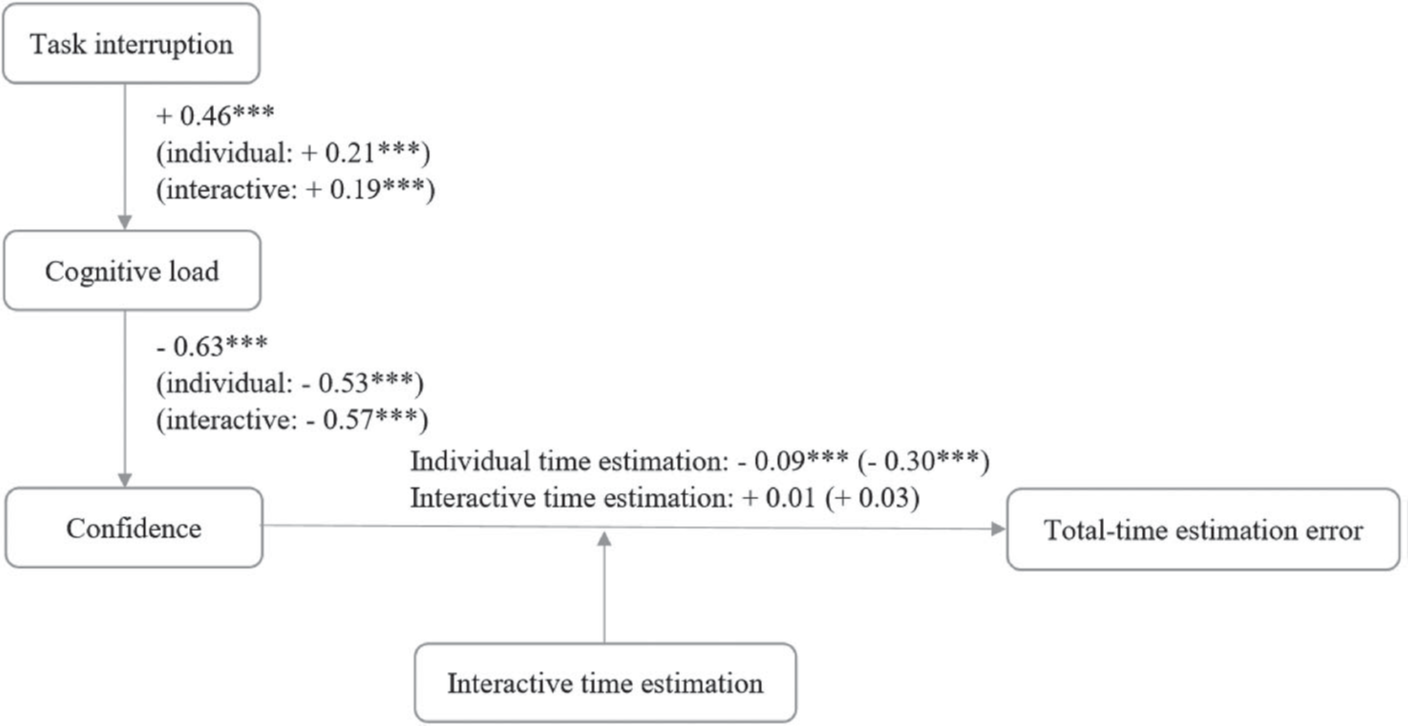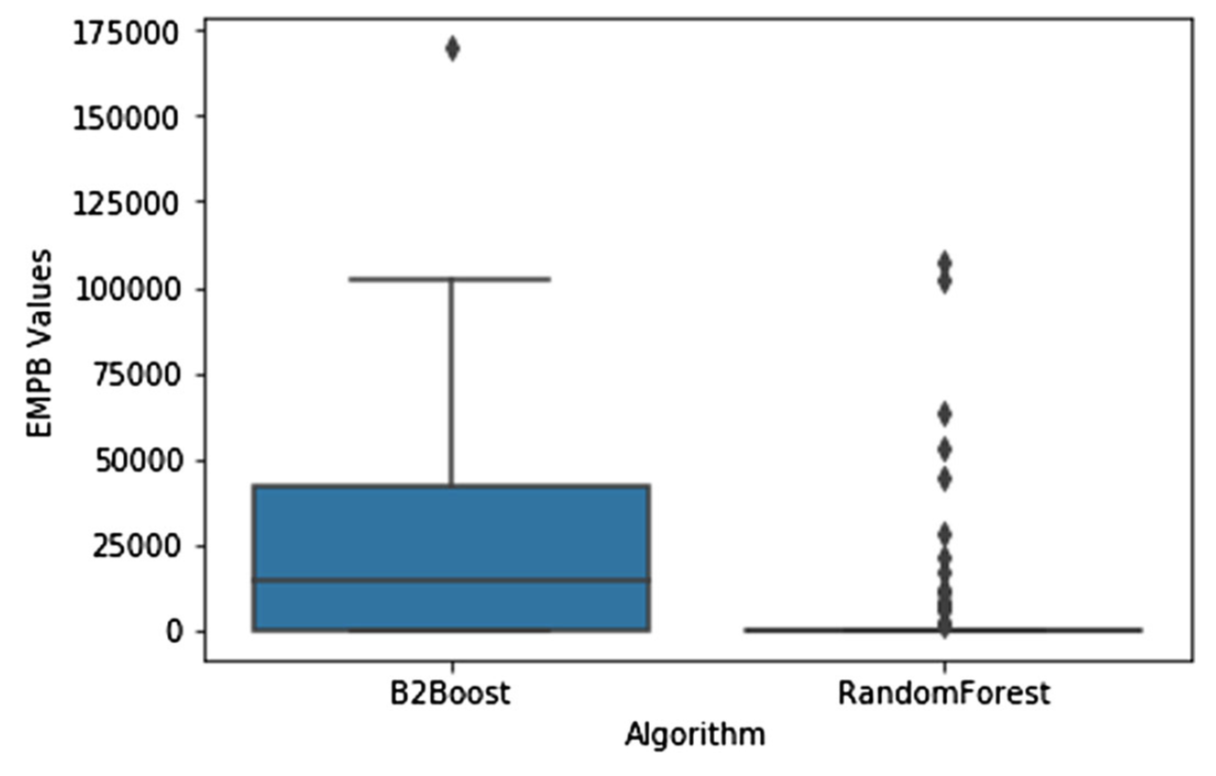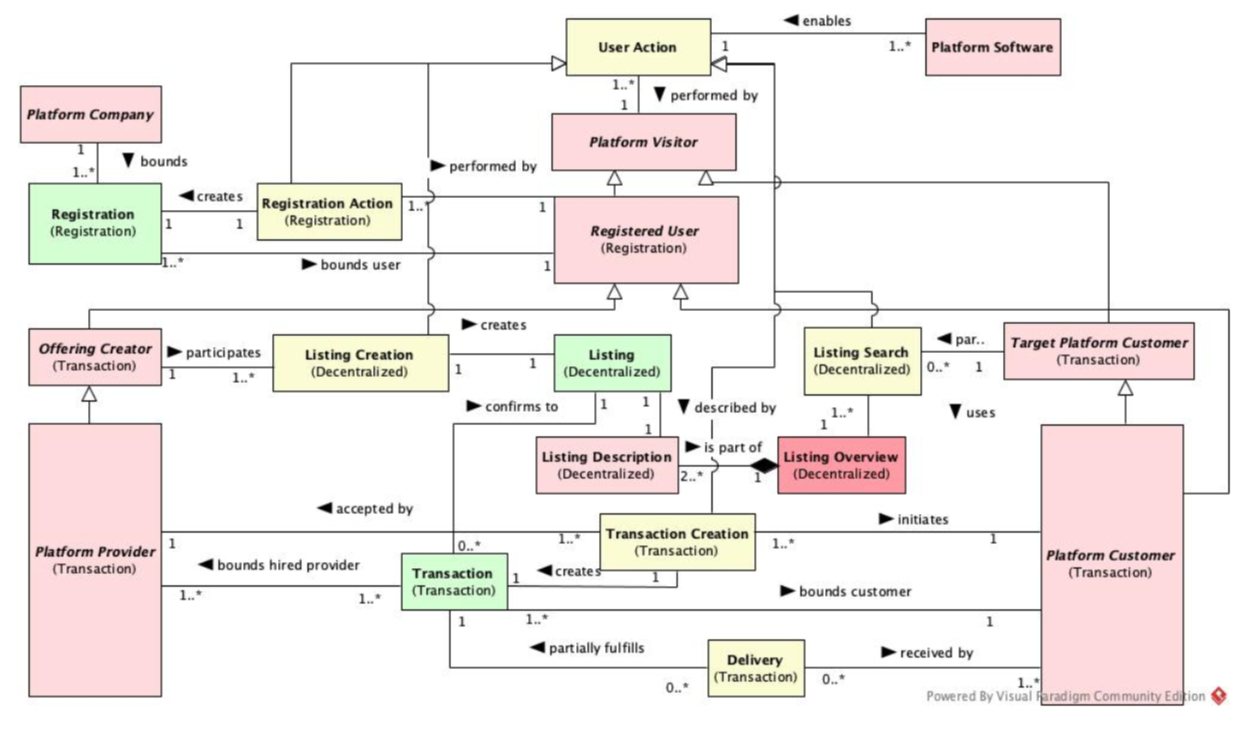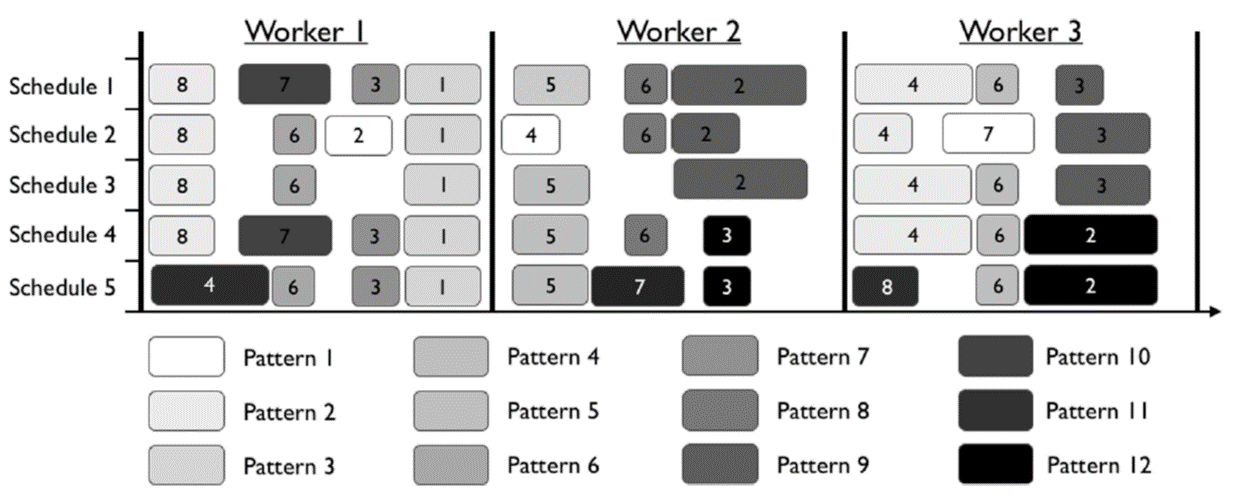Research
Our experts are linked to the Faculty of Economics and Business Administration. They have a profound knowledge and insights in business and economics understanding engineering challenges. There are two main activities:
- Extraction and development of executable models incl. cost estimation for TCO elements of complex and dynamic environments, supported by mining techniques, data analytics and AI/machine learning capturing human system interaction/decision making.
- Robust cost-optimal decision making (stochastic optimisation) for manufacturing, intralogistics, supply chains and planning/scheduling under uncertainty.Develop and apply black boc machine (deep) learning tecniques, including machine learning and semantics to include expert knowledge to obtain interpretable outputs;
Topics
(For a full list of publications and patents see below or go to Google Scholar, ResearcherID)

Activity-based costing (ABC) and time-driven activity-based costing (TDABC) are two types of costing systems. We have developed an analytical comparison which generates formulas that describe how each system maps resources to activities and finally to products. In our numerical experiment TDABC is more accurate than ABC when traceability of resources to activities is high and activity traceability to products is low, while ABC is more accurate when activities are more traceable to products, irrespective of the level of resource traceability to activities. To improve the costing system, we examined first of all the impact of hybridizing an ABC (TDABC) system with TDABC (ABC). Our efforts on hybridizing showed that adding one ABC element into a TDABC system usually improves accuracy. Further, we evaluated interaction as a means to reduce time estimation error. We tested the joint impact of task interruption and interactive time estimation on the accuracy of time estimates. As predicted, we find that the negative impact of task interruption on time estimation accuracy is mitigated when participants are allowed to interactively discuss their time estimates before making a final time estimate alone. By explaining our findings through the underlying effects of cognitive load and confidence, we are able to provide managers ways to improve the accuracy of their time-based costing systems by enabling an interactive time estimation process to offset the detrimental effect of task interruption.

Internal accounting information serves two primary roles: (i) to support decision-making, (ii) to decision-influencing or control role. In particular, environmental management accounting encompasses the provision of information to manage environmental performance. Management controls are designed ‘to ensure that the behaviour of employees is consistent with the organization’s objectives and strategy’. In the context of the environment, we view environmental controls or eco-controls as mechanisms used to direct organizational members as well as other stakeholders such that they perform activities that contribute to the achievement of organizations’ environmental objectives and the implementation of their related strategies. We have studied prior research on eco-control practices and obtained critical reflections and avenues for future work.

Within the field of customer relationship management (CRM), it is known that attracting new customers is much more expensive than retaining existing customers. As a result, customer churn prediction (CCP) models have been created. We developed an B2B-specific profit driven metric, called the Expected Maximum Profit measure for B2B (EMPB) based on EMPC originally developed for B2C. Using this model, we demonstrated how current practices are suboptimal due to large discrepancies in customer value. Therefore, to directly incorporate the heterogeneity of customer values and profit concerns of the company, we introduced an instance-dependent profit maximizing classifier based on gradient boosting, named B2Boost. B2Boost considers these differences in value and incorporates them into the model construction by maximizing the objective function in terms of the EMPB. Our algorithm outperforms more traditional methods such as Random Forest.

Industry 4.0 will lead to new business models including servitisation. Digital marketplaces are digital platforms that may operate under a large variety of business models incl. a servitised business. As taxonomies typically fall short in describing platform user roles and role-specific digital platform functionality, we developed a Digital Platform Ontology (DPO) and extended it with digital platform business model ontology modules, based on an analysis of digital marketplace business models. The new ontology modules can be used as building blocks to model a digital marketplace operating under a chosen business model.

The Process-Goal Alignment (PGA) modeling method is a domain-specific modeling language that aims to achieve strategic fit of the business strategy with the internal infrastructure and processes. To ensure the acceptance and correct understanding of PGA models by business-oriented end-users, an intuitively understandable notation is of paramount importance. We proposed improvements to six elements of the initial PGA notation. Our work enables the reproducibility of the evaluation procedure by the conceptual modeling community.

As companies need to function in continuously evolving and complex environments, personnel planning is of utmost importance to assign the right person to the right task(s). Due to operational uncertainty, announced baseline schedules may become infeasible and the need for rescheduling arises. In case of rescheduling, to restore feasibility, changes are required to either the resource schedule or the service level impacting the task delivery recovery action to change the operation modes of individual activities, instigating a trade-off between time, quality and assigned resources. We developed a two-stage heuristic procedure targeted at finding high-quality solutions in an efficient manner.

One of the factors that can enable a shift towards a circular economy is the efficient organization of product disassembly. Like any (dis)assembly line proper balancing (i.e. the assignment of tasks to workstations) needs to be in place. We developed a profit oriented optimization model, specifically taking into account practical aspects i.e. (i) the resource needs to carry out each task, and (ii) the limited space at workstations. The model is applied to a case study from literature and, by means of a sensitivity analysis w.r.t. important cost (workstation and resource costs) and value (task Revenue) drivers, we demonstrate the impact of various problem specific parameters on the objective value and solution characteristics.

In the era of mass customisation, feeding parts to mixed-model assembly lines has proven to be a complex task since customers increasingly demand personalised end products. Consequently, the number of parts required at a single assembly line is sharply increasing. On the one hand, part supply must be done with the aim of avoiding excessive logistical handling activities while managing space at the border of line carefully. Hence, different line feeding policies can be exploited. On the other hand, shortages in parts supply, which may result in line stoppage, must be avoided. To this end, different vehicle types such as forklifts, automated guided vehicles and tow trains must be orchestrated carefully. We proposed (i) a mixed integer programming model that efficiently assigns each part at the same time to a feeding policy and a vehicle type, while minimising total feeding costs; as well as (ii) a supervised machine learning approach. For the first, to accurately quantify costs, the model selects specific routes and determines the fleet size of every vehicle type used. The model is complemented by valid inequalities and validated by solving artificial problem instances. We demonstrated that optimal selection of vehicle types is superior to heuristic approaches, and around 8% cheaper than the industrial standard.

In view of being able to learn from human behaviour, such as e.g. operators in a manufacturing context, it is key to be able to detect data that is different from known data. This is referred to as novelty detection and it is already widely used in machine conditioning where normal data is stable and outliers are usually pronounced. However, applications that classify human behaviour typically possess a much higher variability in the data, resulting into a less strict boundary between novelties and the normal data. To overcome this, we proposed a method that improves existing approaches by creating semi-synthetic novelties in order to have labelled data for the two classes (normal and outlier). Expert knowledge is incorporated in the initial phase of this data generation process. This research demonstrates that the two-class expert model outperforms a one-class model on the semi-synthetic dataset.

Condition-based maintenance (CBM) is becoming more commonplace in many industries. Previous research leveraging machine learning has provided high accuracy in the predictive aspect of machine breakdowns. However, the diagnostic aspect of these approaches is often lacking. We developed a supervised machine learning approach, with the goal of both prediction and diagnosis of machinery breakdowns, emphasizing the latter. To achieve this, it uses an XGBoost model trained on a combination of sensor and report data, and enriches the model with Shapley values for diagnostic insights. We have shows that this combination of statistical methods, combined with a proper data treatment, can be used to great effect and can vastly improve the diagnostic value of machine learning approaches. The insights that follow from the analysis can subsequently be leveraged by plant operators to optimise cost and operational excellence in CBM strategies .